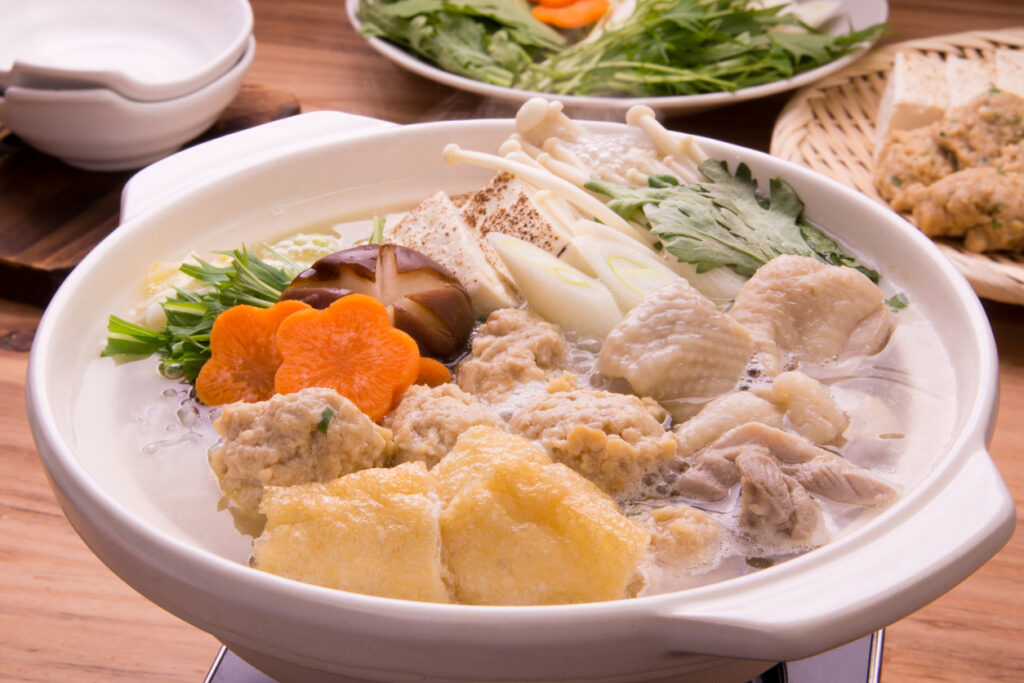Japanese Ways to Combat the Cold
Beat The Winter Chills!
To avoid catching a cold this winter, measures to counter Japan’s very dry, cold winter air can help; things like humidifiers, regular gargling and these days most importantly, medical face masks.
As winter deepens, here are a few simple ideas borrowed from the Japanese to incorporate into your daily habits to help protect you from the cold:
Ginger
The age-old quick fix when feeling chilly is ginger, which has been known widely since ancient times for its ability to aid blood circulation and warm the body.
Tea lovers can add ginger to their drinks, either as a slice or as minced ginger. If grating fresh ginger each time is too much of a chore, you can grate a lot in one go and freeze it in small amounts, like in an ice-cube tray, and use as needed. Easier still, buy a tube of minced ginger and simply squirt some into your tea.
To use ginger in cooking, julienned or minced ginger is good when sautéing (heat it in oil in your frying pan before adding other ingredients), while sliced or julienned ginger is good for adding to stewed dishes and soups. Putting one good slice of it in the miso soup pot makes the soup extra warming and satisfying. You can either remove the ginger before serving or leave it in for those adults happy to get a gingery punch in the mouth sometime during their meal.
Root Vegetables
Other foods that warm the body are root vegetables which, by no coincidence, are in season now. As well as the good old potatoes, carrots, pumpkin and onions, also explore the wonderful Japanese produce. Daikon (Japanese radish) and the crunchy renkon (lotus root) are both easy to use. (Just peel renkon before cooking.) More challenging vegetables are the branch-like gobo (burdock root) and hairy sato imo (taro potato).
Use either a peeler or knife to remove the taro’s thick skin. Gobo’s thin skin is best scraped off, as with the back of a knife. Since it is quite hardy—and rich in fiber—it’s perhaps easiest to cook in thin slices.
Nabe
Cook these vegetables—along with a dash of ginger, of course—in a warming soup or nabe, the Japanese stew. There are many types of nabe, varying according to their ingredients and region of origin. Although they’re perhaps best eaten when cooked in and served from a table-top gas cooker, don’t let that stop you from boiling one up in a pot on the stove.
For an easy introduction to nabe, buy one of the instant nabe soup packs at your local supermarket. Suggested ingredients will be listed on the back, but the picture on the front of the packet will give you the same information. Most nabe mixes serve three to four people and should simply be boiled in a pot before adding your desired fish or meat and vegetables, and then cooking until all ingredients are done.
Traditionally, one eats the stew first, and then uses the remaining soup to cook up some udon or ramen noodles or to transform some cooked rice into a kind of risotto.
Cinnamon
When trying to keep warm in winter, it is of course best to avoid quintessentially summer things. Ice cream and icy drinks are obvious examples. In Japan, nothing says summer more than mugi-cha, or barley tea. It has that special place in our hearts in the middle months because it cools the body. Lettuce, cucumber and tropical fruit do the same. Counter that effect by cooking them, and adding cinnamon to fruit and ginger to vegetables.
A personal favorite winter lettuce dish is to sauté ginger slivers in oil, add bite-sized chicken pieces, lots of thinly sliced lettuce (half a head or more) and some sake or white wine, then cook on high heat with a lid on the fry pan and top with salt and black pepper when serving.
Kairo
A handy little creation to help fight the cold is the kairo. These are (usually disposable) pouches filled with activated charcoal and powered iron, amongst other things, that generate heat for ten hours or more via a chemical reaction triggered by being opened or activated by giving them a shake or a scrunch.
They come in various sizes, including a palm-sized hand-warmer type and shoe inserts, as well as bigger, adhesive ones to stick to clothing. The lower back is a popular spot to attach a kairo to. They are especially useful if one is spending a long time outdoors and are also good for warming sore muscles. Another good place to stick one, particularly if you feel a cold coming on, is just below where the sides of your collar bone meet on your chest. The equivalent spot on your back is also good.
Kairo should not be used when sleeping or near other heating devices.
Winter Accessories
Winter is the time to dress in layers, to trap warm air between them. And because, as your parents probably told you years ago, you also lose body heat via your head, it’s also the time to wear hats. But keep the accessories coming, especially boots, gloves and scarves, which cover key body parts for keeping warm—the neck, wrists and ankles.
Stretching is also good to aid blood circulation, especially after you’ve been stuck in the same posture for some time. General self-care, by avoiding not only the cold but also stress, overeating, lack of sleep and lack of exercise, is also important for staying well. Take care!
Do you have any tips to stay warm this winter in Japan? Let us know in the comments below!






















Leave a Reply